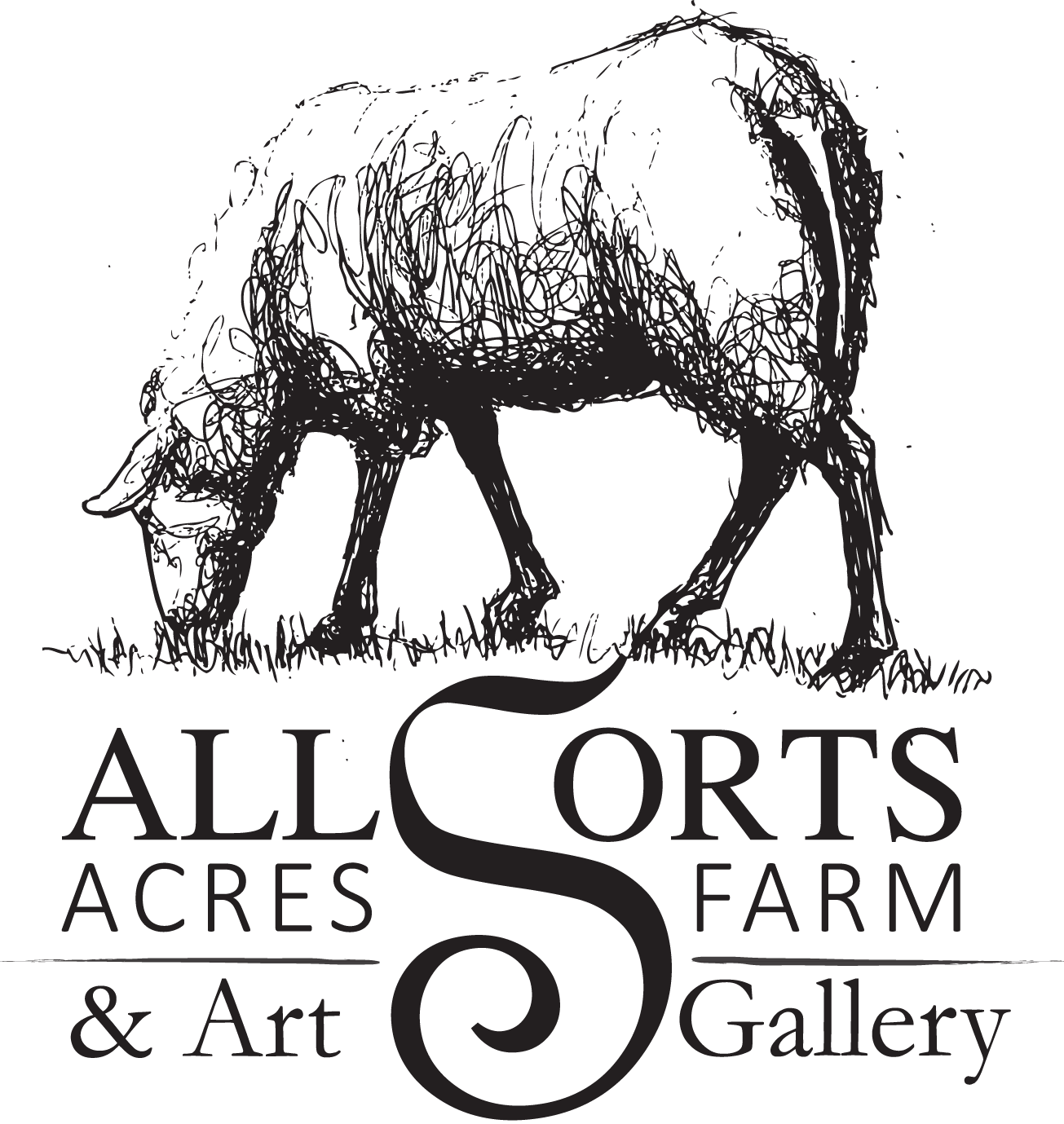ANIMAL BREED
Let's look at breed next. A breed is an animal that, when bred, produces miniature versions of the parent animal. There will some some variation, but it's minimal and still identifiable. Think Golden Retriever and Siamese cat. Both are very identifiable. If you encounter one, there is a set expectation of behaviour, temperament, appearance, etc. BUT, no two are completely the same. Some Golden Retrievers are more attentive and easily trainable than others (think guide dogs) and some Siamese cats are extremely vocal, others not so much. Colours can be slightly different, and there is a size range that is minimal.
Livestock is the same. Different animals were selected for different traits depending on the conditions they were raised in, and what they were used for. When a farmer needed to keep the next generation of milk cow, he'd choose the heifer (young female cow) from his best cow. The parent cow was probably easy to milk, prolific, never had mastitis, birthed easily, and was friendly. Many traits that would be passed onto the offspring. The more a farmer does this, the more stable the characteristics of the animals become.
Traditionally this was quite localized as animals didn't often travel extreme distances as the only way animals traveled was by walking. Over time a set of characteristics would be recognized in a particular region creating a breed. This is much faster than evolution because people have done the choosing. If a breed developed a long time ago, it can be considered a heritage breed.
A heritage breed is really a breed that has been around a long time. These animals came about through careful selection of animals by the farmers. The animals themselves are often very well suited to the region they came about in. Because they are old breed, they often evolved in a small, minimally mechanized mixed farm that was run by a family to feed themselves and made some extra money on the side with surplus. Heritage breeds needed to do more than one thing. This then made then "dual purpose". A dual purpose animal is just that. They can produce meat and milk, eggs and meat, meat and fibre, etc. well, usually with minimal feed, labour, and worry. Perfect for a mixed farm homestead or small farm.
A Primitive or Landrace is an animal that is essentially feral. They are left alone. The ones that could survive the local conditions did, the ones that couldn't died. Breeding had very little to no human interference. Breeding, social hierarchy, and range was determined largely by the animals themselves. These animals are shaped "by the land" so to speak. Often they are very hardy, tough critters that are "easy keepers". Newfoundland ponies, Shetland sheep, Yakutian cattle, and Mulefoot pigs all fall into this category. Some landrace breeds have become standardized, and this in turn means people begin breeding them for those characteristics. This can result in the breed losing some of the original characteristics that made them so suited to their environment. As global travel has become easier and more common, landrace breeds have been brought to new environments, possibly creating another landrace if the animals can survive in their new environment.
These tough, often smaller animals often have beneficial characteristics that get passed on during the development of a breed by crossing different landraces from different areas. As travel became easier during the industrial revolution animals could travel further and still stay healthy. This enabled people to mix animals from different regions to create new breeds. The new breeds were often quite specific to the farmer's needs. Farmers began to get together to show off their animals to each other. The most prized animals and their offspring were often sold, bringing the genetics further afield.
Yakutian Cattle, the northernmost cattle in the world. It can drop below 50C in the winter. Photo: Arctic Ark Project
Nutrition must be taken into account. A sheep isn't a small cow, nor is a goat a sheep. No brainer right? Then why all lumped into the same categories? All too often in farm magazines and books the pages state that this method of grazing for grass-fed is better and use the example of cattle. What isn't as obvious in much of the hype around grass-fed is that the premise of feeding beef cattle, doesn't work for milk cows, nor any kind of goat or sheep (milk or meat). There are similarities, but they aren't the same. No matter what you are, if you don't get enough nutrition to support your body you won't do well. We all need a certain amount of nutrition to survive, and thrive. A Border Collie and a Pug need very different diets. Each dog has a different growth rate, bone development, and aging rates requiring diets and amount of food. If that Border Collie is working then he'll need a lot more food to sustain energy. The food the collie eats comes out as energy, and if the pug over eats it comes out as pudgy cuteness no matter how much the pug exercise. What goes in, must come out somehow.
Similarly, each breed of livestock may need a different diet depending on how it came to be. Combine this with the purpose of the animal , and feeding can get quite confusing.
Next time I'll focus on how to feed different animals for different purposes.

